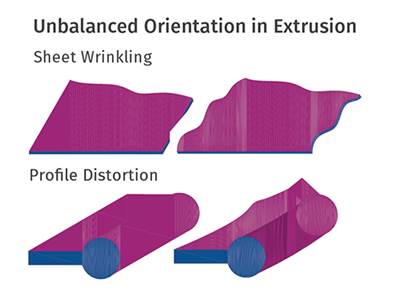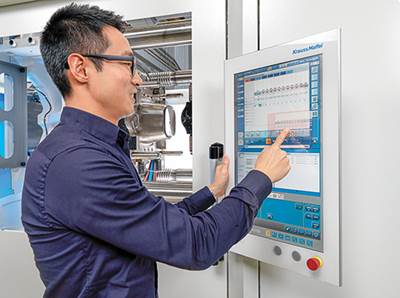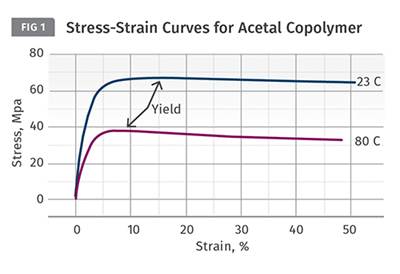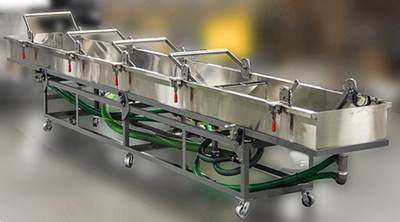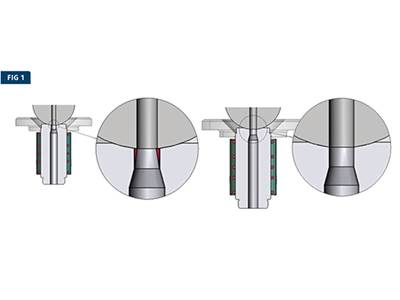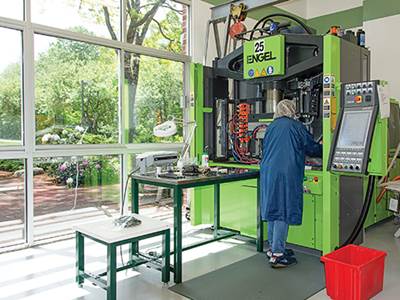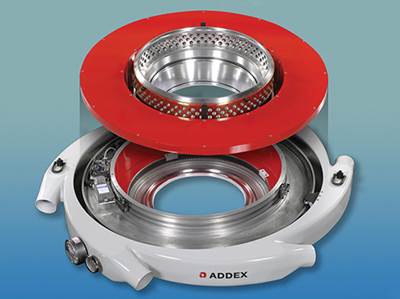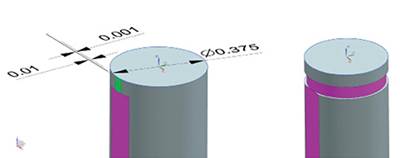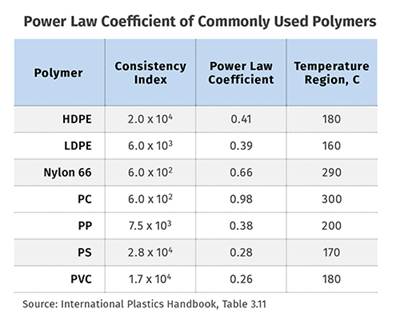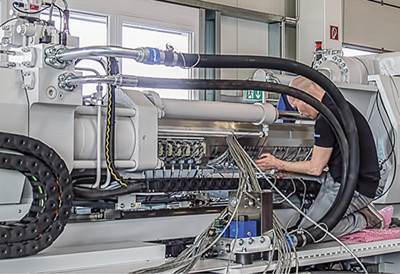best practices
Extrusion: How to Adjust for Polymer Shrinkage and Orientation
Polymers shrink and orient. Sometimes orientation is unbalanced, resulting in misshaped parts. But there are steps beyond tweaking the die that can mitigate these effects.
Read MoreINJECTION MOLDING: How to Specify an Injection Molding Machine
There are 51 things to consider when spec’ing a controller.
Read MoreMATERIALS: The Problems With Single-Point Data
Polymer properties are not constant as a function of temperature, and even small temperature changes can affect properties.
Read MoreFrom Extruder to Pelletizer: What Happens in Between Influences Quality
There’s a lot more to strand pelletizing than dunking material in water and hoping for the best. Here’s some advice on taking out some of the guesswork.
Read MoreTroubleshooting Material Burning In Hot-Runner Systems
Burns in hot runners can be misleading and hard to diagnose correctly. Follow these tips to track down the root cause of your problem.
Read MoreOn-Site: A Big Molder’s Technical Engineering Plus a Small Company’s Customer Service
That’s the formula for rapid growth at a new/old firm serving medical, military, and aviation markets.
Read MoreAir-Ring Upgrades Get Film Processor Quickly Up to Spec
PolyExpert’s trials lead to installation of three new air rings and one digital IBC control to speed changeovers and reduce scrap.
Read MoreTOOLING: How to Vent Mold Details
Principles to follow in venting bosses, ribs, pins, cores, slides, and lifters.
Read MoreEXTRUSION: Another Technique for Controlling Melt Temperature
Flight widths are almost always designed at 10% of the screw diameter. But they can be optimized to reduce melt temperature and perhaps boost output.
Read MoreINJECTION MOLDING: How to Specify an Injection Molding Machine
In part two of a three-part series, the focus is on the injection unit.
Read More